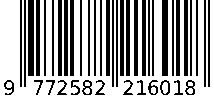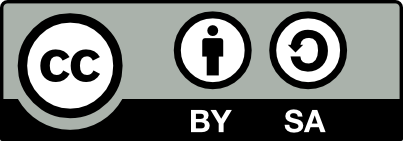
International Journal For Multidisciplinary Research
E-ISSN: 2582-2160
•
Impact Factor: 9.24
A Widely Indexed Open Access Peer Reviewed Multidisciplinary Bi-monthly Scholarly International Journal
Home
Research Paper
Submit Research Paper
Publication Guidelines
Publication Charges
Upload Documents
Track Status / Pay Fees / Download Publication Certi.
Editors & Reviewers
View All
Join as a Reviewer
Get Membership Certificate
Current Issue
Publication Archive
Conference
Publishing Conf. with IJFMR
Upcoming Conference(s) ↓
WSMCDD-2025
GSMCDD-2025
Conferences Published ↓
RBS:RH-COVID-19 (2023)
ICMRS'23
PIPRDA-2023
Contact Us
Plagiarism is checked by the leading plagiarism checker
Call for Paper
Volume 7 Issue 2
March-April 2025
Indexing Partners



















Barriers to Women's Progression in the Indian Judiciary
| Author(s) | Anureshma Pillai |
|---|---|
| Country | India |
| Abstract | The persistent underrepresentation of women in India's judiciary, especially in leadership roles, continues to be a critical concern despite an increase in their participation. This paper examines the obstacles that impede women's progress within the judicial system, evaluates their impact on legal reforms, and advocates for measures to promote gender equity. Utilizing secondary data, the study identifies key institutional, societal, and structural challenges, including gender bias, difficulties in maintaining work-life balance, inadequate mentorship opportunities, and limited representation in senior positions, that restrict women's potential in the judiciary. Simultaneously, it highlights the significant contributions of women judges in advancing areas such as gender justice, family law, and domestic violence. The paper recommends targeted reforms, such as affirmative action, the implementation of gender-neutral policies, improved support systems, and stricter enforcement of anti-harassment measures, to foster a more inclusive and diverse judiciary. By addressing these issues, this study aspires to strengthen the judiciary's credibility and effectiveness while building a legal system rooted in equality and inclusivity. |
| Keywords | Indian judiciary, women judges, gender bias, stereotypes, work-life balance, mentorship, institutional barriers |
| Published In | Volume 7, Issue 1, January-February 2025 |
| Published On | 2025-02-01 |
| DOI | https://doi.org/10.36948/ijfmr.2025.v07i01.36214 |
| Short DOI | https://doi.org/g83xxn |
Share this

E-ISSN 2582-2160
CrossRef DOI is assigned to each research paper published in our journal.
IJFMR DOI prefix is
10.36948/ijfmr
Downloads
All research papers published on this website are licensed under Creative Commons Attribution-ShareAlike 4.0 International License, and all rights belong to their respective authors/researchers.

